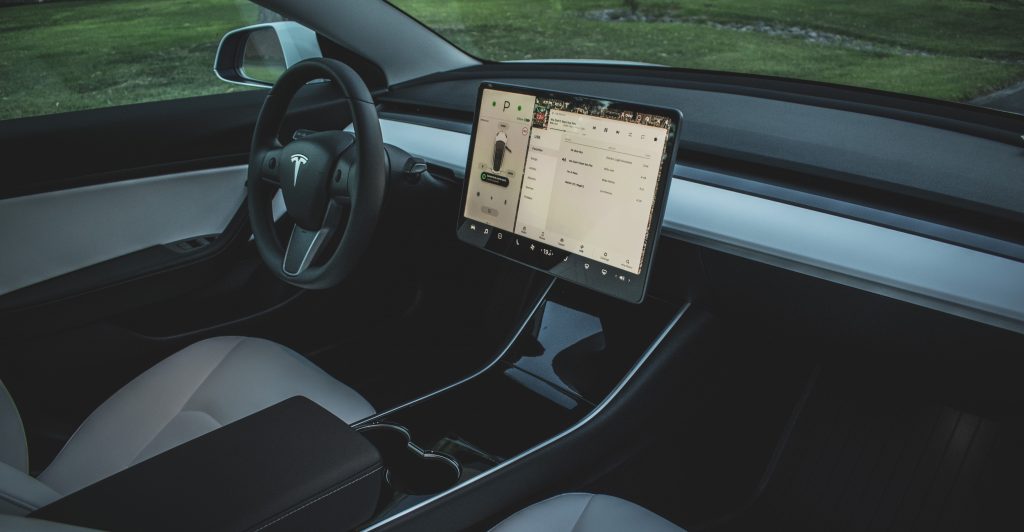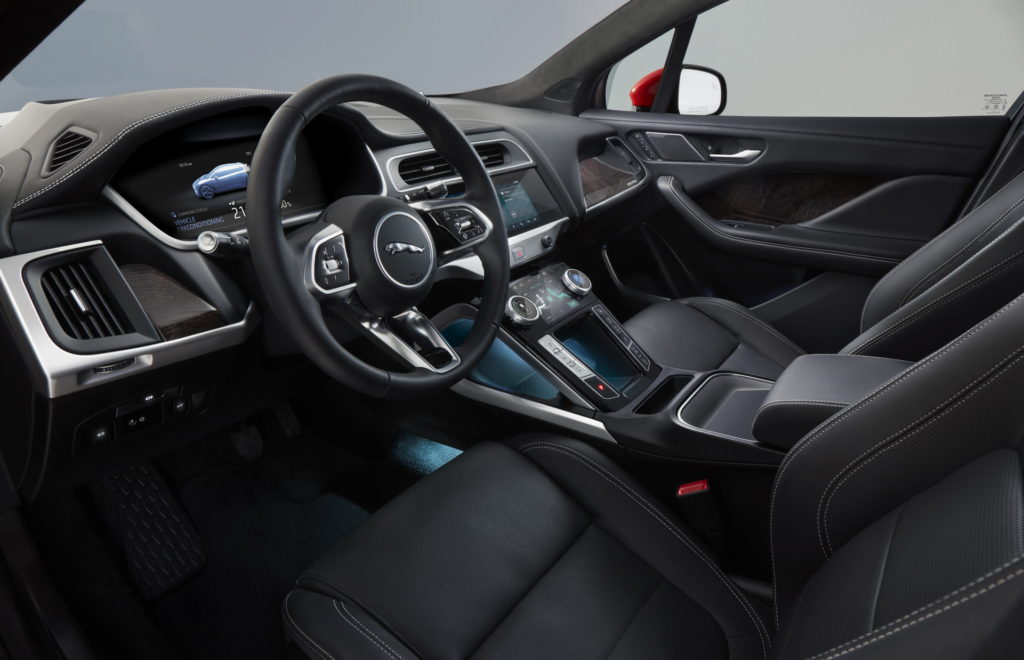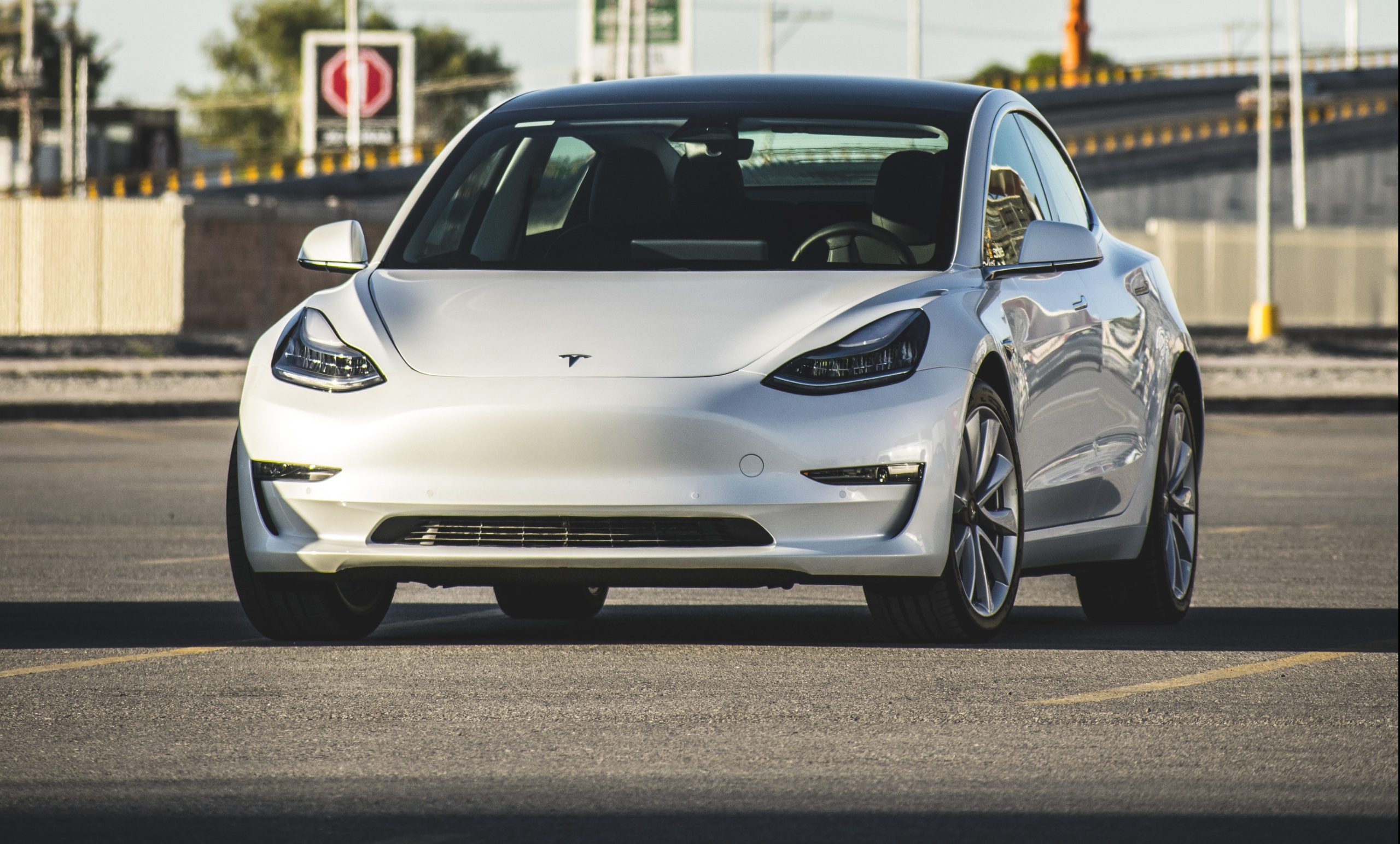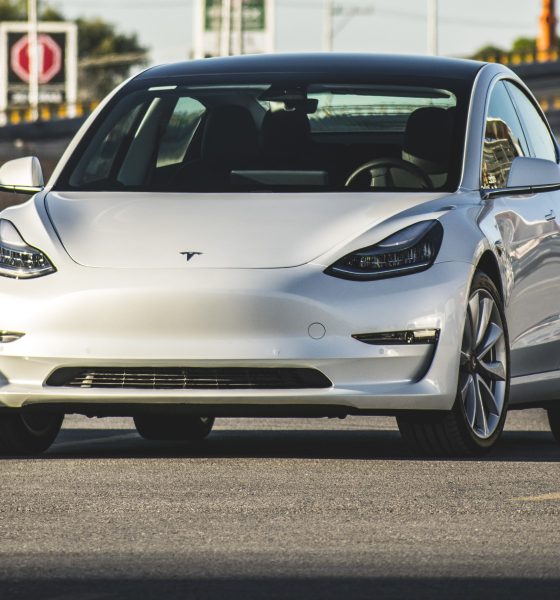Tesla’s exterior and interior design elements are unlike other cars on the market. Save for the pre-facelift Model S and the original Roadster, all of Tesla’s vehicles have no grille, giving the current-gen Model S, Model X, and Model 3 a look that notably different compared to traditional automobiles. The interiors of Tesla’s electric cars are even more unique. Unapologetically minimalistic, Tesla’s interiors are centered on bleeding-edge tech and sustainability.
These unique elements make Teslas stand out from the crowd of competitors from traditional automakers like Lexus and BMW. At the same time, it also makes the designs of the company’s vehicles incredibly polarizing. Among the auto community, it is just as easy to find reviewers who rave about Tesla’s exterior and interior design as it is to find those that find them downright offensive.

Top Gear host Chris Harris, for example, loved the Model 3 Performance’s instant acceleration and track capability, but he was notably critical of the vehicle’s exterior styling, fondly remarking that the all-electric sedan was an “AK-47 disguised as a butter knife” in his review. It is also pretty common to see noted reviewers of premium electric cars such as the Jaguar I-PACE compare the British crossover’s plush interior favorably to the Model 3’s spaceship-like cabin.
Yet, if the results of the Q2 2019 Kelley Blue Book Brand Watch are an indication, it appears that a notable number of luxury car buyers are actually starting to prefer the clean lines and minimalist themes of Tesla’s electric cars over more conventional accents found in traditional luxury automobiles. KBB’s survey ranked automakers according to 12 categories that ranged from safety to prestige. Tesla dominated the list, ranking first in seven out of the list’s 12 categories.

Some of the categories that Tesla topped were pretty unsurprising, such as Technology and Driving Performance, as these are aspects that the electric car company is known for. What is surprising was the fact that Tesla was also the first-ranked brand for Exterior Styling, beating Audi and Porsche in the process. Tesla’s Interior Layout also ranked first in KBB’s rankings, placing the company above Acura and Genesis.
These results bode well for Tesla and its approach to vehicle design. They do, for one, hint that consumers might be starting to relate clean exterior lines and minimalist interior themes to luxury. This is especially notable considering that the respondents of KBB’s survey are shopping in the luxury car segment, which suggests that they are familiar with the expected flourishes of conventional premium vehicles from veteran brands such as Mercedes-Benz and BMW.
When Tesla Chief of Design Franz von Holzhausen designed the Model S, he opted to create a vehicle that is unapologetically electric that still looks recognizable as a car. This theme has been followed in every vehicle that Tesla has released to date, from the Model X to the Tesla Semi. Tesla’s designs will likely remain polarizing for years to come, especially among conventional auto enthusiasts. But considering the results of KBB’s study, a shift among luxury vehicle consumers appears to be happening, and winds could very well be blowing in Tesla’s favor.

Elon Musk
Elon Musk confirms xAI’s purchase of five 380 MW natural gas turbines
The deal, which was confirmed by Musk on X, highlights xAI’s effort to aggressively scale its operations.

xAI, Elon Musk’s artificial intelligence startup, has purchased five additional 380 MW natural gas turbines from South Korea’s Doosan Enerbility to power its growing supercomputer clusters.
The deal, which was confirmed by Musk on X, highlights xAI’s effort to aggressively scale its operations.
xAI’s turbine deal details
News of xAI’s new turbines was shared on social media platform X, with user @SemiAnalysis_ stating that the turbines were produced by South Korea’s Doosan Enerbility. As noted in an Asian Business Daily report, Doosan Enerbility announced last October that it signed a contract to supply two 380 MW gas turbines for a major U.S. tech company. Doosan later noted in December that it secured an order for three more 380 MW gas turbines.
As per the X user, the gas turbines would power an additional 600,000+ GB200 NVL72 equivalent size cluster. This should make xAI’s facilities among the largest in the world. In a reply, Elon Musk confirmed that xAI did purchase the turbines. “True,” Musk wrote in a post on X.
xAI’s ambitions
Recent reports have indicated that xAI closed an upsized $20 billion Series E funding round, exceeding the initial $15 billion target to fuel rapid infrastructure scaling and AI product development. The funding, as per the AI startup, “will accelerate our world-leading infrastructure buildout, enable the rapid development and deployment of transformative AI products.”
The company also teased the rollout of its upcoming frontier AI model. “Looking ahead, Grok 5 is currently in training, and we are focused on launching innovative new consumer and enterprise products that harness the power of Grok, Colossus, and 𝕏 to transform how we live, work, and play,” xAI wrote in a post on its website.
Elon Musk
Elon Musk’s xAI closes upsized $20B Series E funding round
xAI announced the investment round in a post on its official website.

xAI has closed an upsized $20 billion Series E funding round, exceeding the initial $15 billion target to fuel rapid infrastructure scaling and AI product development.
xAI announced the investment round in a post on its official website.
A $20 billion Series E round
As noted by the artificial intelligence startup in its post, the Series E funding round attracted a diverse group of investors, including Valor Equity Partners, Stepstone Group, Fidelity Management & Research Company, Qatar Investment Authority, MGX, and Baron Capital Group, among others.
Strategic partners NVIDIA and Cisco Investments also continued support for building the world’s largest GPU clusters.
As xAI stated, “This financing will accelerate our world-leading infrastructure buildout, enable the rapid development and deployment of transformative AI products reaching billions of users, and fuel groundbreaking research advancing xAI’s core mission: Understanding the Universe.”
xAI’s core mission
Th Series E funding builds on xAI’s previous rounds, powering Grok advancements and massive compute expansions like the Memphis supercluster. The upsized demand reflects growing recognition of xAI’s potential in frontier AI.
xAI also highlighted several of its breakthroughs in 2025, from the buildout of Colossus I and II, which ended with over 1 million H100 GPU equivalents, and the rollout of the Grok 4 Series, Grok Voice, and Grok Imagine, among others. The company also confirmed that work is already underway to train the flagship large language model’s next iteration, Grok 5.
“Looking ahead, Grok 5 is currently in training, and we are focused on launching innovative new consumer and enterprise products that harness the power of Grok, Colossus, and 𝕏 to transform how we live, work, and play,” xAI wrote.
Investor's Corner
Tesla gets price target bump, citing growing lead in self-driving

Tesla (NASDAQ: TSLA) stock received a price target update from Pierre Ferragu of Wall Street firm New Street Research, citing the company’s growing lead in self-driving and autonomy.
On Tuesday, Ferragu bumped his price target from $520 to $600, stating that the consensus from the Consumer Electronics Show in Las Vegas was that Tesla’s lead in autonomy has been sustained, is growing, and sits at a multiple-year lead over its competitors.
CES 2026 validates Tesla’s FSD strategy, but there’s a big lag for rivals: analyst
“The signal from Vegas is loud and clear,” the analyst writes. “The industry isn’t catching up to Tesla; it is actively validating Tesla’s strategy…just with a 12-year lag.”
The note shows that the company’s prowess in vehicle autonomy is being solidified by lagging competitors that claim to have the best method. The only problem is that Tesla’s Vision-based approach, which it adopted back in 2022 with the Model 3 and Model Y initially, has been proven to be more effective than competitors’ approach, which utilizes other technology, such as LiDAR and sensors.
Currently, Tesla shares are sitting at around $433, as the company’s stock price closed at $432.96 on Tuesday afternoon.
Ferragu’s consensus on Tesla shares echoes that of other Wall Street analysts who are bullish on the company’s stock and position within the AI, autonomy, and robotics sector.
Dan Ives of Wedbush wrote in a note in mid-December that he anticipates Tesla having a massive 2026, and could reach a $3 trillion valuation this year, especially with the “AI chapter” taking hold of the narrative at the company.
Ives also said that the big step in the right direction for Tesla will be initiating production of the Cybercab, as well as expanding on the Robotaxi program through the next 12 months:
“…as full-scale volume production begins with the autonomous and robotics roadmap…The company has started to test the all-important Cybercab in Austin over the past few weeks, which is an incremental step towards launching in 2026 with important volume production of Cybercabs starting in April/May, which remains the golden goose in unlocking TSLA’s AI valuation.”
Tesla analyst breaks down delivery report: ‘A step in the right direction’
Tesla has transitioned from an automaker to a full-fledged AI company, and its Robotaxi and Cybercab programs, fueled by the Full Self-Driving suite, are leading the charge moving forward. In 2026, there are major goals the company has outlined. The first is removing Safety Drivers from vehicles in Austin, Texas, one of the areas where it operates a ride-hailing service within the U.S.
Ultimately, Tesla will aim to launch a Level 5 autonomy suite to the public in the coming years.










